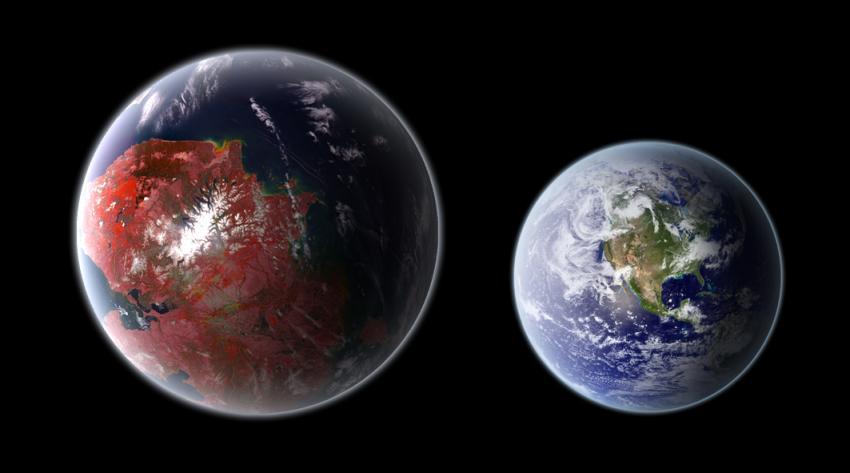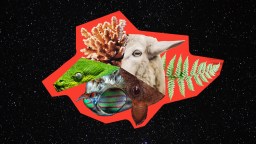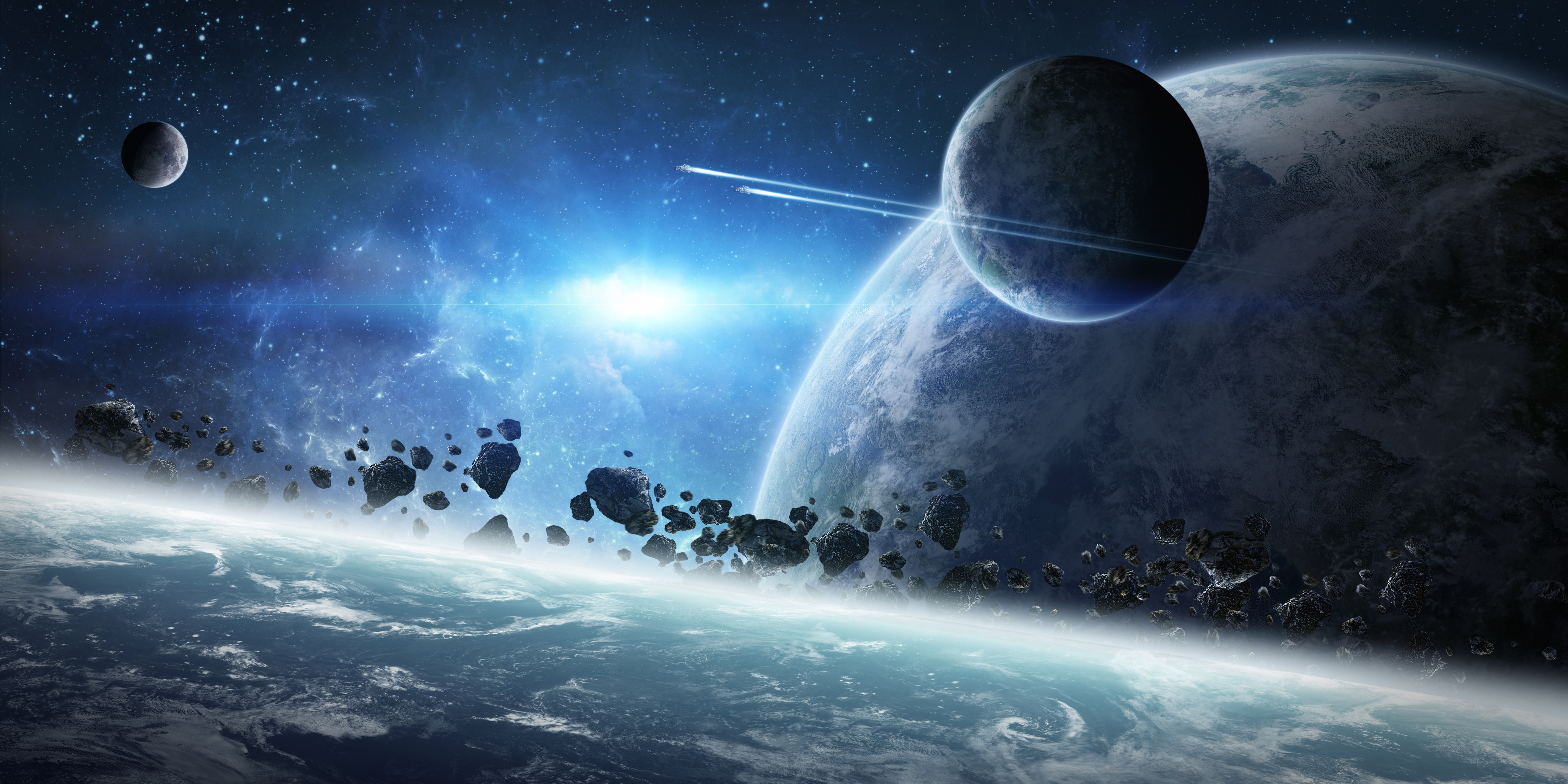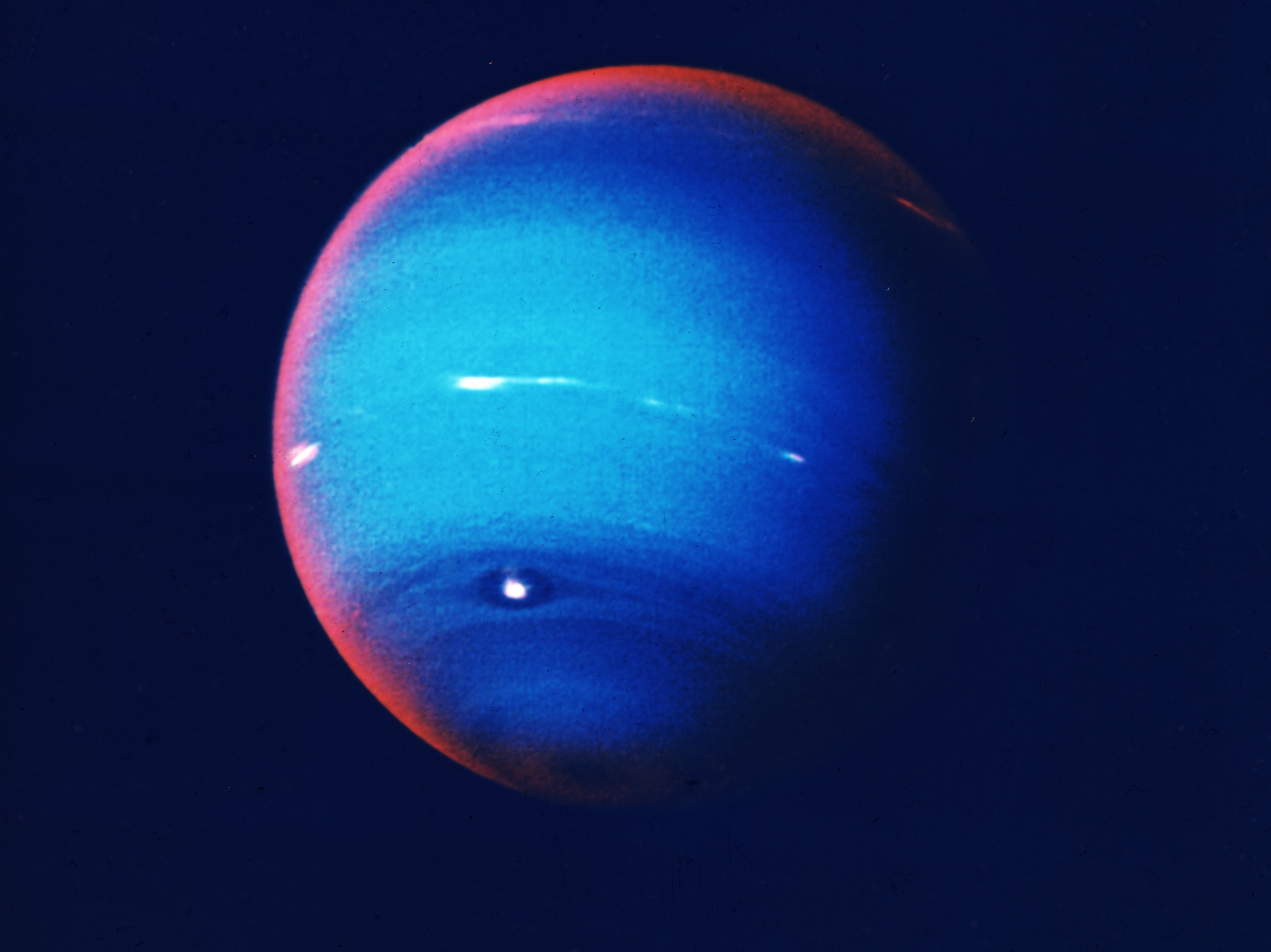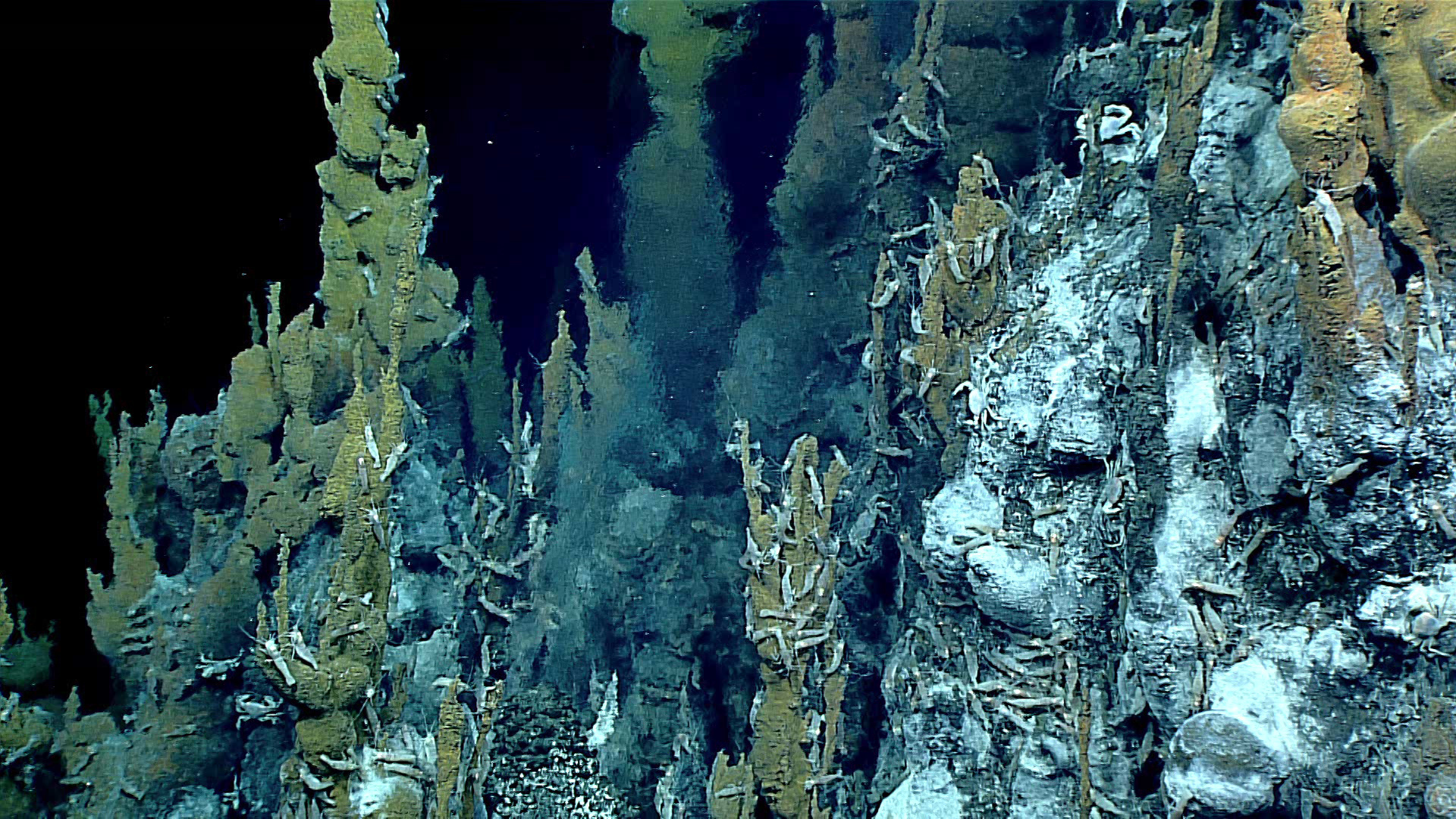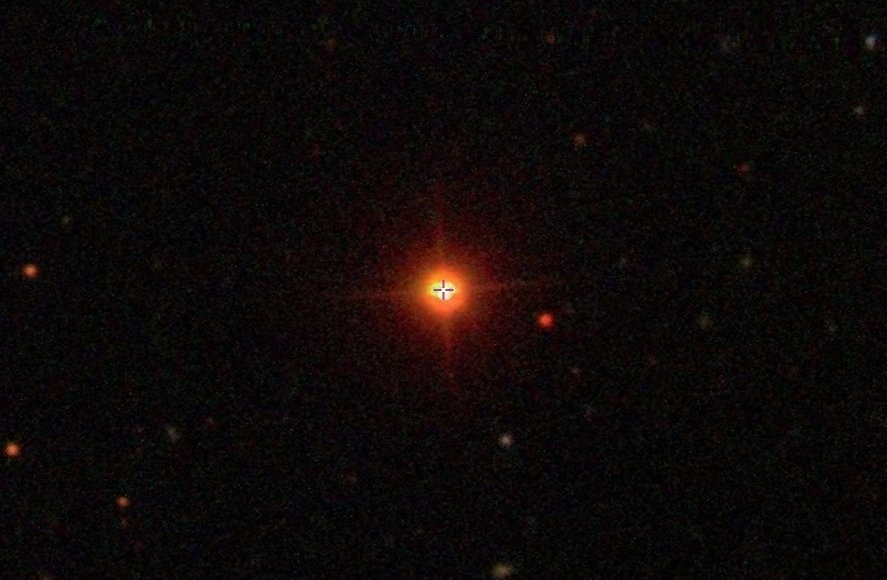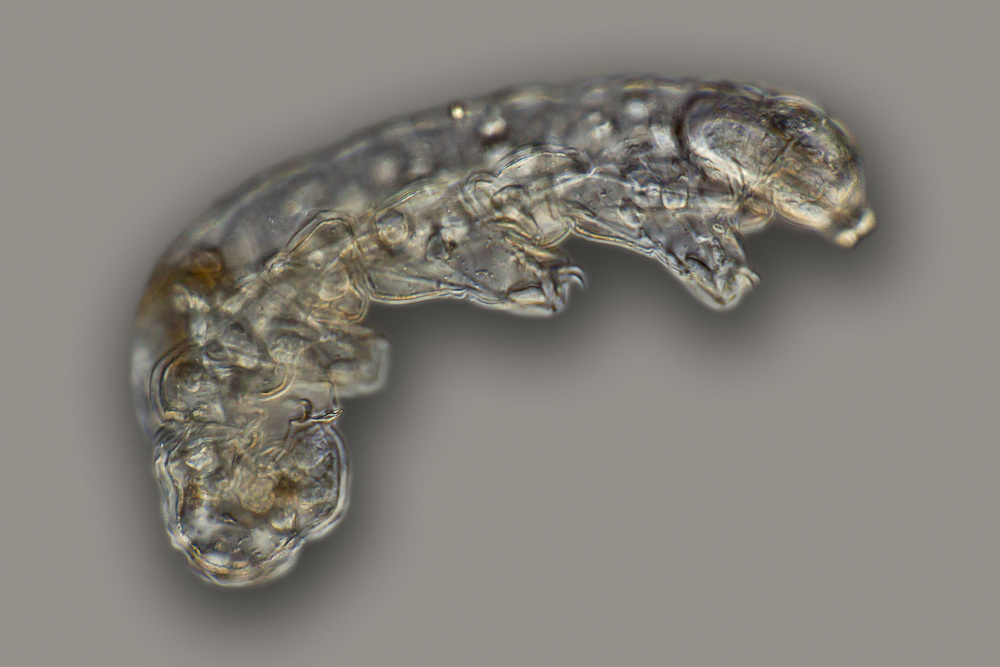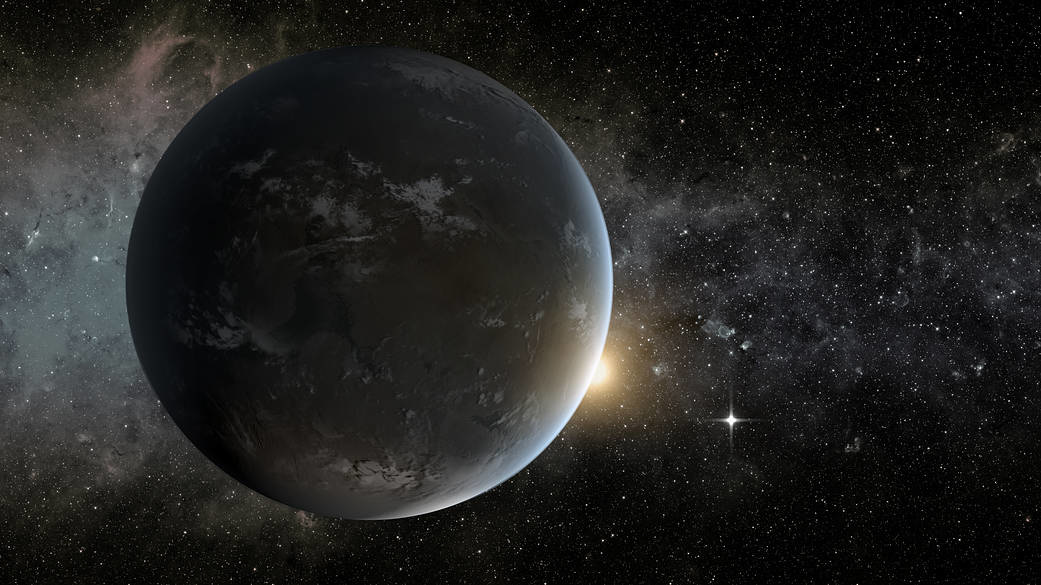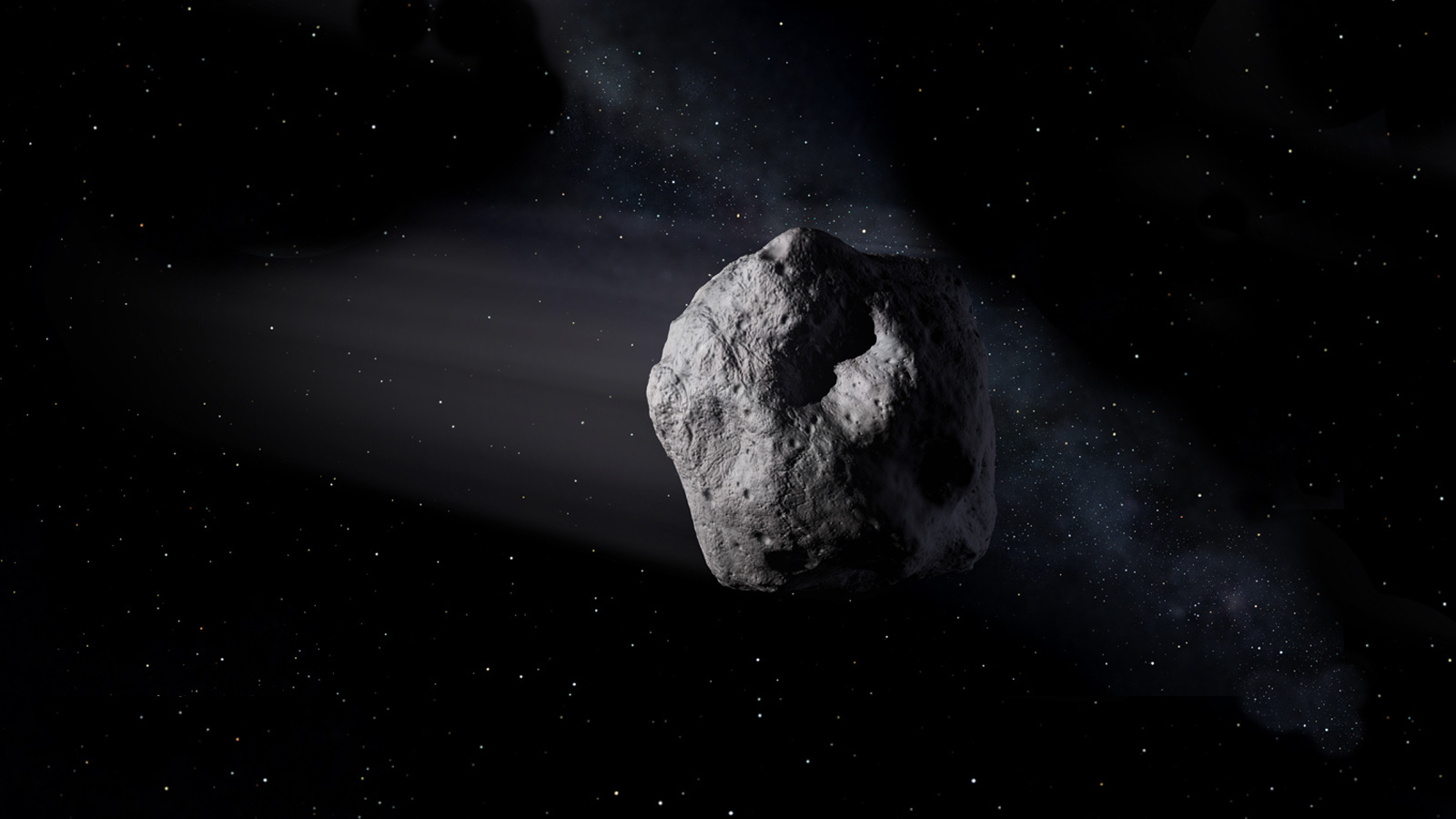astrobiology
Oxygen is thought to be a biomarker for extraterrestrial life, but there are at least three different ways that a lifeless planet can produce it.
Humans are more likely to have “first contact” with an advanced alien civilization, according to a recent NASA-funded paper.
How do you get usable phosphorus into a system? A new study suggests lightning can do the trick.
Sound waves behave quite differently on Mars than on Earth.
Three lines of evidence point to the idea of complex, multicellular alien life being a wild goose chase. But are we clever enough to know?
The results could help NASA’s Perseverance rover find evidence of ancient life on Mars.
The search for alien life is far too human-centric. Our flawed understanding of what life really is may be holding us back from important discoveries about the universe and ourselves.
▸
6 min
—
with
The study identified superhabitable planets outside of our solar system.
Scientists have detected within the Venusian atmosphere a chemical known to be a byproduct of life.
The mission could launch as soon as the 2030s, the researchers said.
Hollywood has created an idea of aliens that doesn’t match the science.
▸
11 min
—
with
When searching for extraterrestrial life, astronomers may want to look at planets with hydrogen-rich atmospheres.
Until about a decade ago, only two habitable zone planets of any size were known to astronomers: Earth and Mars.
The intelligent life we are searching for doesn’t have to be humanoid.
These needles in the vast galactic haystack take more effort to find, but they help piece together our origins.
▸
7 min
—
with
The Jerezo crater — where Mars 2020 is set to land — could be a good place to find signs of past life on Mars.
Scientists speculate that if life were to have spontaneously developed on Earth, the first thing there would need to be are vesicles.
It marks the first time a plant has been grown on the moon.
Some scientists think there may be a hidden, second form of life living right under our noses.
Scientists say it might even rain on the exoplanet, dubbed K2-18b.
Tardigrades – commonly called “water bears” – were among the payload of an Israeli lunar lander that crashed into the moon in April.
We may find signs of life a mere 31 light-years away.
Documentary explores astrobiology, astronauts, and the awe of it all.
▸
with
While the world considers future trips to Mars, two astrophysicists make a case for exploring asteroids.
The remarkable distributed nervous system of the octopus is discussed at an astrobiology conference.
An astrobiologist joins a like-minded global community in ramping up the search.
▸
with
If life exists on Mars, there’s a good chance it’s related to us, say researchers.
All life as we know it relies on carbon and water. But researchers speculate this doesn’t have to be the case.
